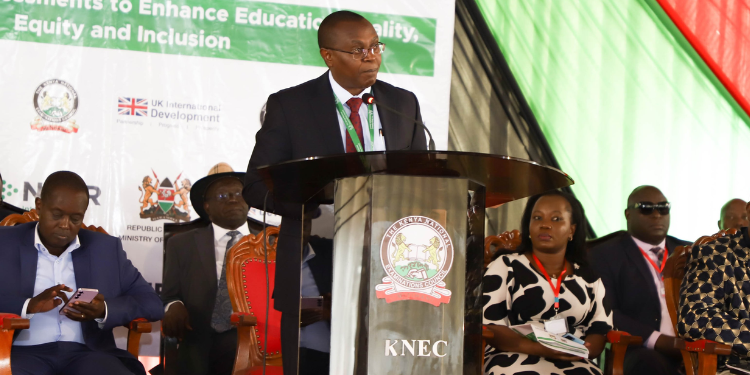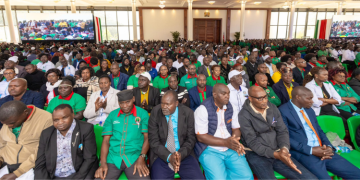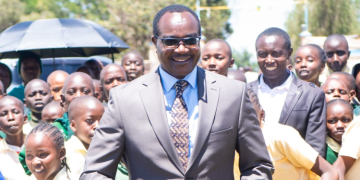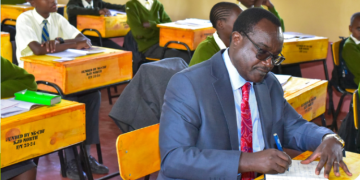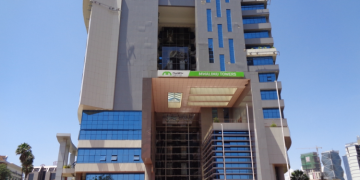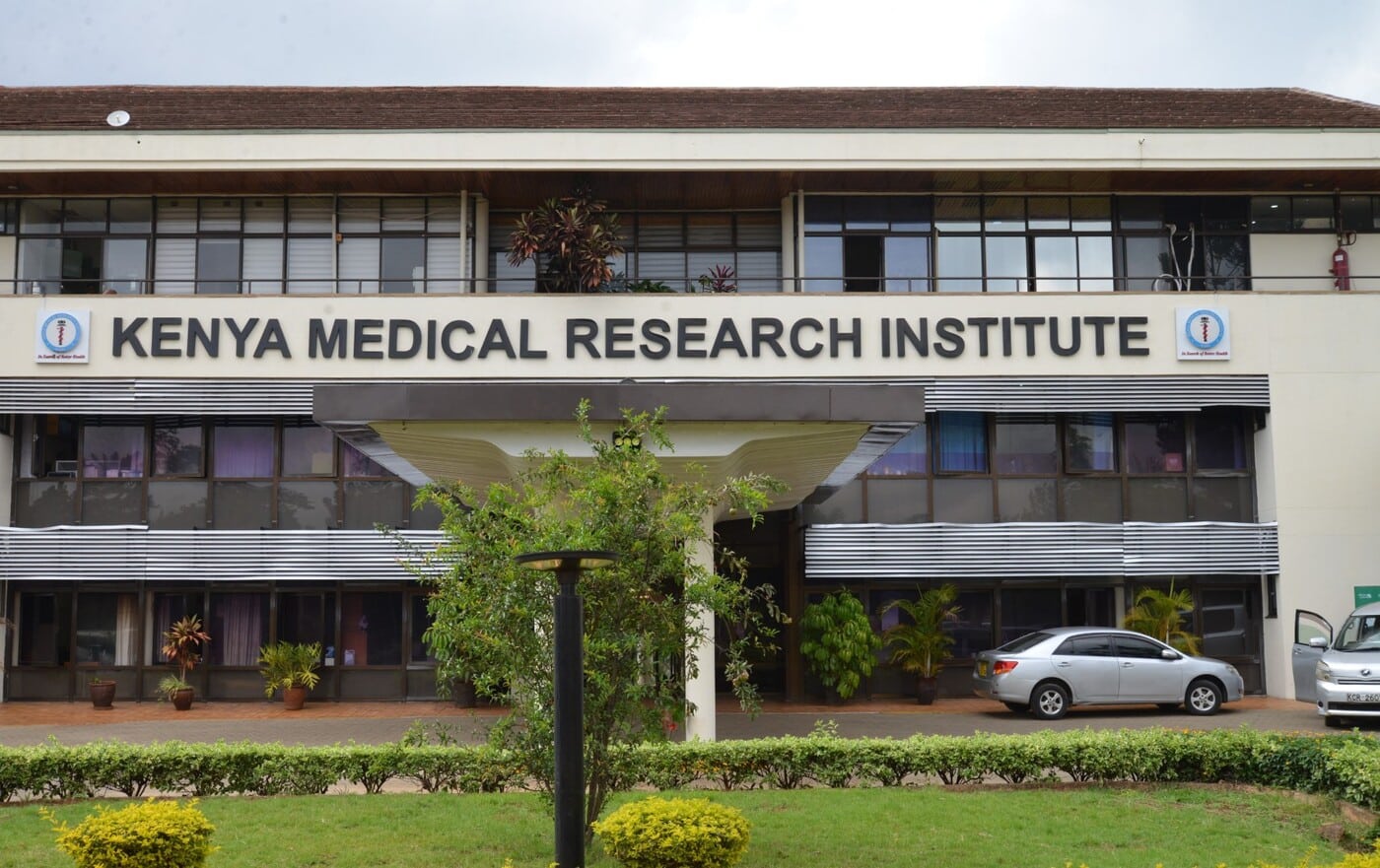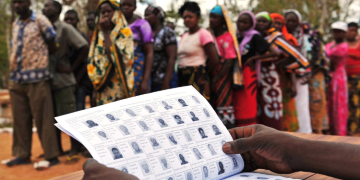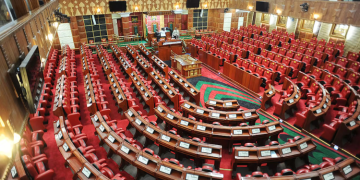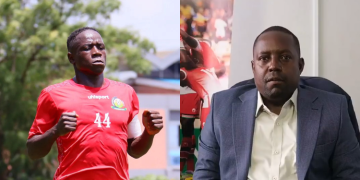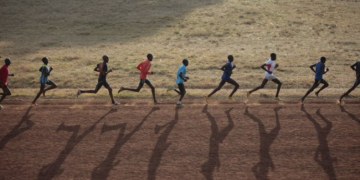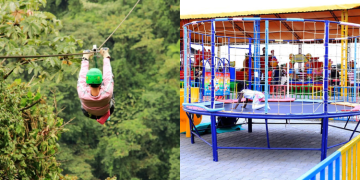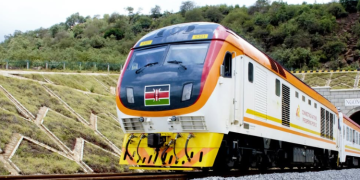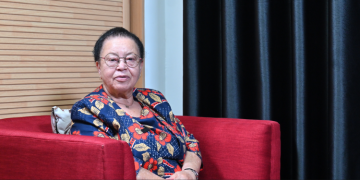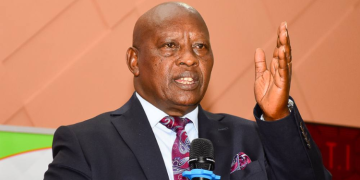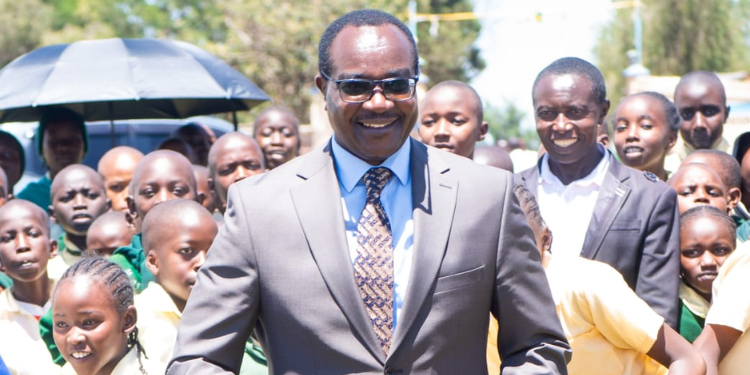As Grade 9 students began their first-ever national exams, known as the Kenya Junior School Education Assessment (KJSEA), on Monday, October 27, 2025, and are expected to end on November 6, 2025, questions have arisen as to why certificates will not be issued upon completion.
According to KNEC, the nine learning areas evaluated under KJSEA include: English, Kiswahili, Mathematics, Integrated Science, Social Studies, Religious Education (Christian, Islamic, or Hindu), Agriculture, Pre-Technical Studies, Creative Arts and Sports, and Kenyan Sign Language for hearing-impaired learners.
The Kenya Times spoke to an education expert to understand why Grade 9 candidates will not receive certificates.
Why KJSEA Candidates Will Not Be Issued Certificates
According to Education Expert Sifuna Otoa, the reason is that this assessment is part of continuous assessment rather than a final, summative exam.
“A lot of marks or points have already been earned progressively through projects and other formative tests.”
The government is looking at only about 40 percent from this exam, because 60 percent of the learner’s evaluation has already been obtained through child-friendly forms of assessment,” said Sifuna.
He explained that this represents a departure from the previous exam-oriented model.
“By and large, this is just a checkpoint to assess what a student has learned from the curriculum. Its main objective is to inform transitions to the next level, not to serve as a final certification. This is standard practice to ensure that every learner who sits for the exam can progress,” the Education Expert added.
Also Read: KNEC Issues 4 Directives as KPSEA, KJSEA Exams Begin Nationwide
Sifuna reiterated that KJSEA is not primarily an exam, but a tool to check learners’ preparedness and ability to proceed to the next pathway. The overall score will be shared exclusively with the Ministry of Education to guide placement into senior secondary schools.
The grading system for KJSEA uses terms like Approaching Expectations, Meeting Expectations, and Exceeding Expectations, which reflect holistic assessment rather than traditional ranking.
“This discourages overemphasis on marks and promotes a comprehensive view of the learner’s achievements across all areas of the curriculum,” Sifuna explained.
What Happens Next After Grade 9 Assessment
He added that it is important to distinguish between formative and summative assessments. While summative assessments may result in a terminal grade, KJSEA serves as a checkpoint to highlight achievements and areas for improvement. After Grade 9, learners will receive a comprehensive report detailing their abilities at that stage.
“At Grade 6 and Grade 9, these reports inform the learning areas, showing what has been achieved and what needs to be improved before progressing to the next level,” said Sifuna.
Also Read: TSC Introduces New Guidelines for Supervision of KCSE, KJSEA, and KPSEA
Education Cabinet Secretary Julius Ogamba stressed that the new system represents a fundamental shift from the old Kenya Certificate of Primary Education (KCPE) model, focusing on skills, creativity, and continuous learning rather than one-off, high-stakes testing.
“KJSEA is not about ranking or elimination; it’s about understanding what a learner can do with the knowledge they have acquired. It values skills, innovation, and real-world problem-solving,” said Ogamba.
KNEC Chief Executive Officer Dr. David Njengere on October 26 extended best wishes to all 3.4 million candidates sitting for KPSEA, KJSEA, and KCSE this year, assuring them that the council is fully prepared for a smooth examination period:
“This year, we are administering KPSEA, KJSEA, and KCSE to over 3.4 million candidates. Your teachers have prepared you well for the summative assessment, and you already have 40 percent of the marks through formative assessments. There is no cause for alarm,” Njengere said.
Follow our WhatsApp Channel and X Account for real-time news updates.
